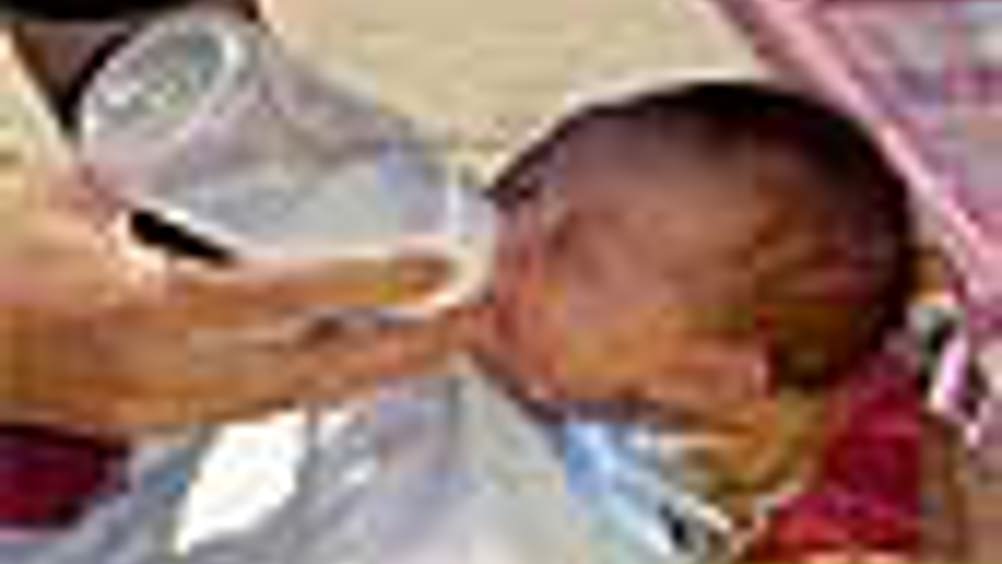Spotting seizures
US scientists have developed a way to help doctors and nurses more easily identify babies at risk from epilepsy.

One way for doctors to be certain whether a newborn is having a seizure is through a diagnostic test called an electroencephalogram, or EEG, which monitors electrical activity through electrodes placed on a patient’s scalp. But the test is expensive, requires a high level of training to interpret and often isn’t readily available in hospitals.
Now scientists at the Evelyn F. and William L. McKnight Brain Institute of the
They tested their idea by reviewing the EEGs of 35 babies up to a month old, 23 of whom had normal brain function. By using their mathematical technique, they were able to pinpoint the newborns at risk for seizures through differences in key statistical values of brain activity.
Register now to continue reading
Thanks for visiting The Engineer. You’ve now reached your monthly limit of premium content. Register for free to unlock unlimited access to all of our premium content, as well as the latest technology news, industry opinion and special reports.
Benefits of registering
-
In-depth insights and coverage of key emerging trends
-
Unrestricted access to special reports throughout the year
-
Daily technology news delivered straight to your inbox










UK Enters ‘Golden Age of Nuclear’
The delay (nearly 8 years) in getting approval for the Rolls-Royce SMR is most worrying. Signifies a torpid and expensive system that is quite onerous...